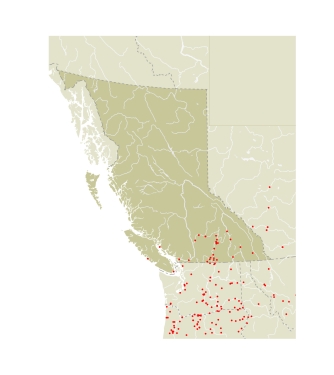Monarchs are widespread throughout many tropical and subtropical areas of the world. They are an invasive species that has expanded from North America and dispersed to wherever humans have introduced milkweed (
Asclepias species), as garden plants and as invasive plants. Most populations are resident in the same area all-year. Most populations in North America are migratory, which allows them to hibernate in a cool stable environment during winter periods when milkweed is not growing to feed their caterpillars in the temperate climate parts of their range. Both Monarchs and their milkweed foodplants have been introduced from North America to southeast Australia, where they also migrate and hibernate. In North America, the Monarchs east of the Rocky Mountains hibernate in very limited areas of the mountains of northern Mexico, and west of the Rockies they hibernate in coastal California. In the last few years the counts of Monarchs in their winter hibernation sites have been dropping rapidly, resulting in predictions of potential extinction of the western populations. In the winter of 2020/21 it was realized, in large part through citizen scientist observations, that many Monarchs had remained active through the winter in warm areas of Arizona and California rather than congregating in the coastal hibernation sites. This appears to explain at least some of the reduction in numbers counted at the winter hibernation sites, suggesting that the western population remains stronger than the counts appear to indicate. The sharp decline in eastern Monarchs cannot be explained by a similar event east of the Rockies.
Note Author: Cris Guppie, Yukon
